Why Wool is the Gold Medal Choice for Olympian Uniforms
In the ancient Olympic Games, athletes didn't have the luxury of uniforms—they competed wearing... well, less, embracing the ultimate form of freedom and natural movement. Fast forward to 1908 in London, and we saw the introduction of standardised Olympic uniforms, marking a new era in sportswear.

As technology advanced, synthetic materials started to dominate the world of athletic wear, often overshadowing the natural benefits of wool and other natural fibres. Despite this, wool remains an exceptional choice for Olympic uniforms, though it’s rarely used today. Its breathability, temperature regulation, durability, and sustainability make it a fabric well-suited to the demands of elite athletes.
A recent study from North Carolina State University, funded by AWI (read here), shows that wool is a top choice for athletes who participate in sports that involve both activity and rest, like baseball, rock climbing, tennis and hockey. These “stop-go” sports cause athletes to sweat during active moments, and as the sweat evaporates during rest, it can make them feel cold, cooling their muscles which should be kept warm. That’s where wool comes in. Wool naturally helps regulate body temperature, keeping athletes comfortable by insulating them from the cold and allowing heat to escape when needed or stay if necessary.

Australian Wool Innovation Limited - Thermal sensation rating over time 2024
The study tested different fabrics, including wool, cotton, viscose, and polyester, by using ‘sweating manikins’ and actual people. Wool outperformed the other fabrics, proving it can handle changes in humidity better and dry faster. This means that wool keeps athletes more comfortable and helps them save energy for their sport. This research shows how wool could be a great option for athletic wear, particularly for sports that involve a mix of activity and rest.
As we move towards more environmentally conscious choices, it’s time to bring wool back into the spotlight and recognise its potential in dressing our Olympians. This natural fiber has stood the test of time, and it’s ready to take center stage once again. Let’s look to the past to inspire our future and consider wool as the fabric of choice for the world’s greatest athletes.
Breathability and Moisture Management
One of the most outstanding properties of wool is its breathability. Wool fibers can absorb a significant amount of moisture—up to 30% of their weight—without feeling wet. This makes wool an excellent choice for athletes who need to stay dry and comfortable during intense physical activity such as marathons. The fibers wick away sweat from the skin, allowing it to evaporate more quickly and keeping the athlete cool and dry.
Temperature Regulation
Wool is a natural insulator, which means it helps maintain a stable body temperature in various climates. Whether competing in the heat of summer or the chill of winter, wool adapts to the environment, keeping athletes comfortable no matter the conditions. This is particularly crucial in the Olympics, where events take place in diverse climates.
Durability and Longevity
Wool is incredibly resilient and can withstand the rigors of high-intensity sports. It’s naturally elastic, which means it can stretch and move with the body without losing its shape. This durability makes wool an excellent choice for uniforms that need to last through rigorous training sessions and multiple competitions.
Odour Resistance
Another key benefit of wool is its natural odour resistance, which may not be such a issue for us watching from a screen. Wool fibers absorb odour-causing bacteria, trapping them and preventing them from multiplying. This ensures that athletes can stay fresh, even during long days of competition.
Countries Dressing Their Olympians in Wool
Wool has become a go-to fabric for several countries when dressing their Olympians in opening and closing ceremonies. Here are a few examples of nations that have proudly showcased wool in their uniforms:

Australia (1994 & 1996): The Atlanta games saw the Australian Olympic team sport an all Australian wool uniform. The newspaper clipping from QLD Country Life 22 February 1996 is a feature on Kerrie Richards, Merino Country CEO, who was helping to raise funds for the Australian Games Uniform Company by hosting a fashion parade at the Drought Breaker Ball in Charleville, Western Queensland. The cost of clothing the Australian team in all wool uniforms in 1994 had cost $231,000 and the 1996 estimated cost was going to be $1 million. Kerrie's family, the Richards family also donated bales of Australian grown wool along with other local wool growers.
United States (2024): In the Paris Olympics, the USA featured uniforms made from Oregon-grown Responsible Standard wool provided by the Shaniko Wool Company. This choice highlights the importance of sustainability and local sourcing.

Australia (2022 Winter Olympics): For the Winter Olympics in 2022, Australia chose wool to outfit their athletes, capitalising on its natural warmth and durability. The uniform demonstrated how Merino wool can handle the demands of winter sports.
Australia (2016 Summer Olympics): Australia also embraced wool in the Brazil 2016 Summer Olympics, incorporating 100% Australian Merino wool knits into the athletes’ uniforms. The design was complemented by a silk scarf printed with the Southern Cross and a green and gold men’s tie, both of which paid homage to Australian heritage.
Looking Ahead: Merino Wool at the Olympics
As we look forward to the Los Angeles 2028 and Brisbane 2032 Olympics, it’s exciting to think about how natural fibers like Merino wool could play a larger role in athletic wear. Given its sustainability, performance benefits, and comfort, it would be a win-win for both athletes and the environment to see more uniforms made from high-performance Merino wool.
Brisbane 2032 in particular presents a unique opportunity to showcase Australian innovation and our commitment to sustainability especially since it will be in our city. Dressing our Olympians in Merino wool would not only highlight the exceptional qualities of this natural fiber but also reinforce Australia’s reputation as a leader in wool production. Let’s hope that as we prepare to host the world’s athletes in our hometown, we see more natural, high-performance Merino wool on the podium.
Wool is not just a traditional fabric—it's a modern, high-performance material that is well-suited for the demands of Olympic-level competition. As the world continues to recognise the benefits of wool in sports, we can look forward to seeing more athletes dressed in this remarkable fabric.


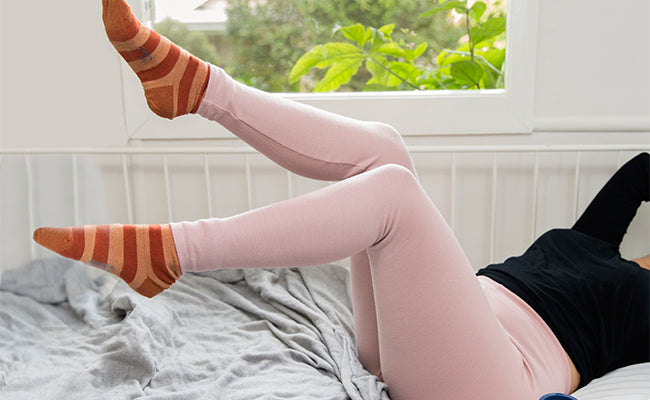
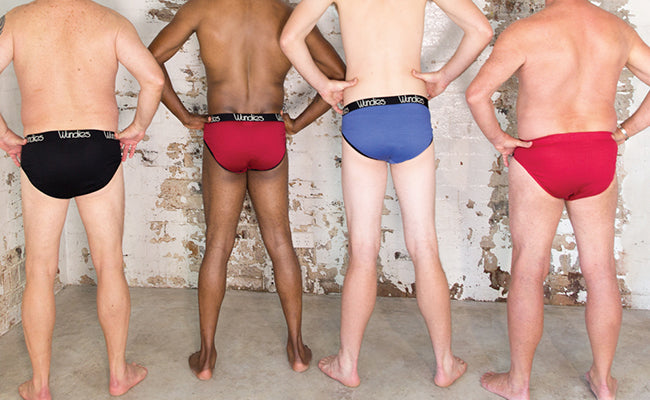
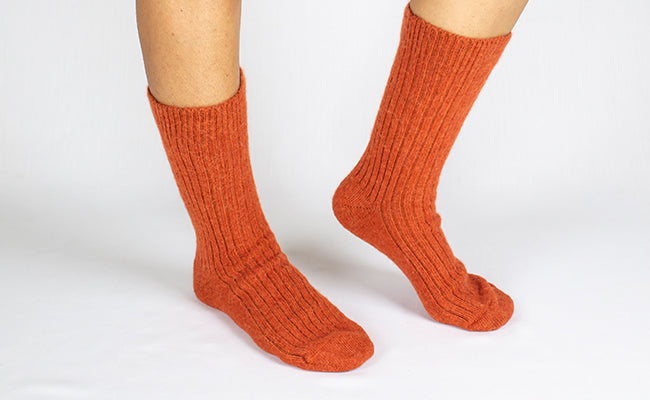
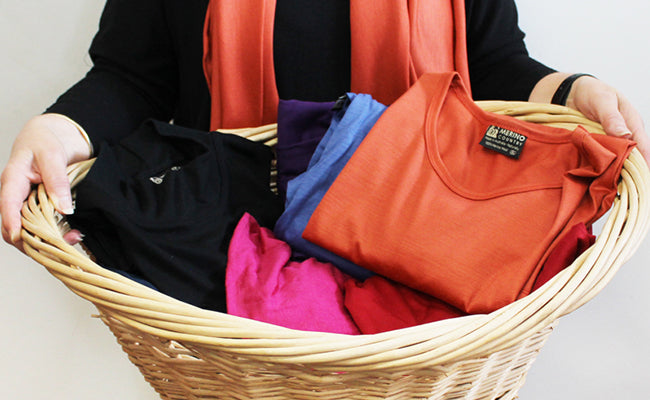

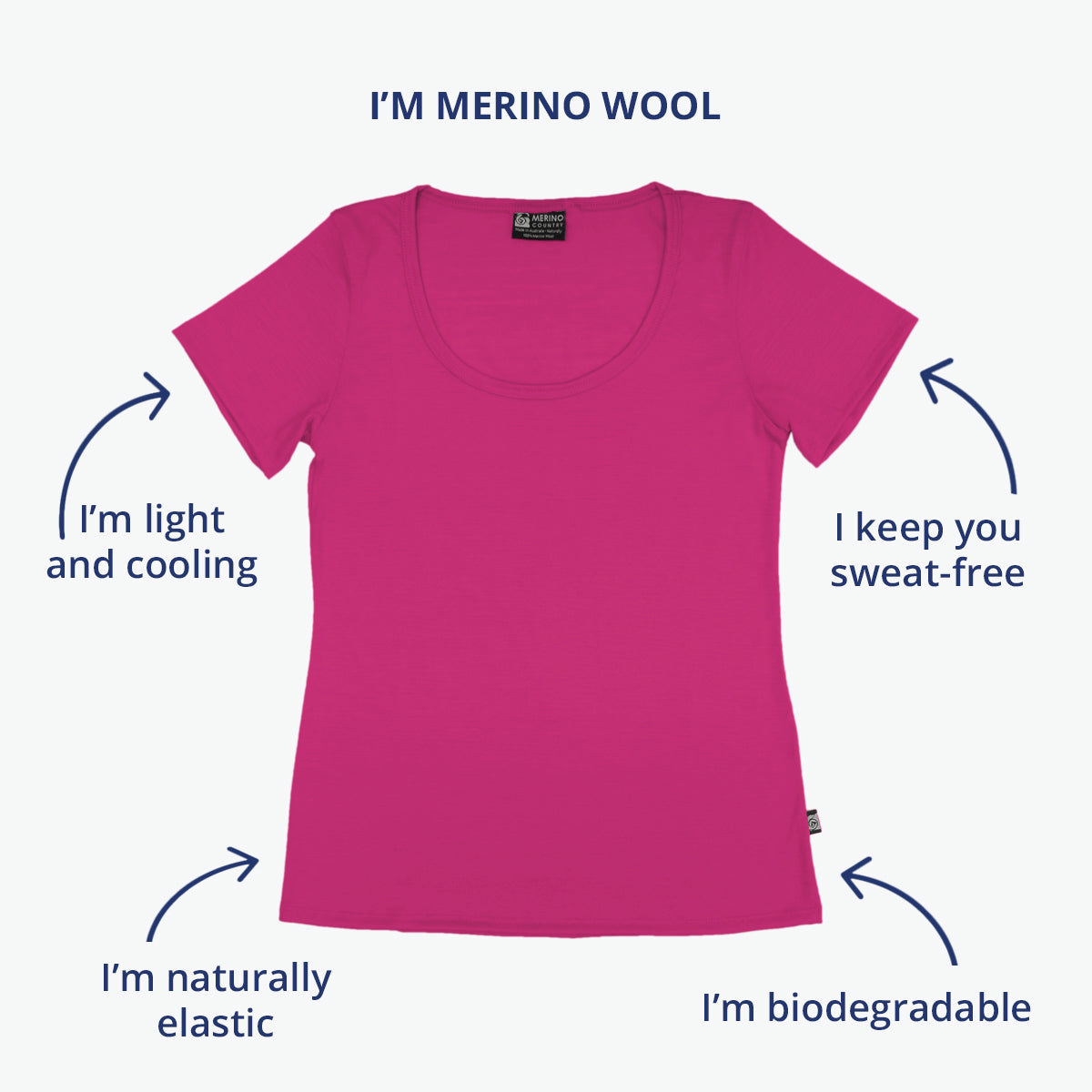



1 comment
I’m competing in the 2025 Melbourne to Osaka Japan Yacht Race across variable climates. The Race finish is in the Osaka World Expo site offering an exceptional opportunity for Australian Wool manufacturers to showcase and promote outer wool products.
I grew up on ‘Budgelong’ a sheep station in Spicers Creek NSW.
In 2023-24, I sailed half way round the world ad a skipper in the Global Solo Challenge.
My jocks by personal preference were from Merino Country (not sponsored or discounted), and they were the most comfortable underwear I have ever worn.
In preparation for the 2025 Osaka Cup, my co-skipper and I will really on Merino Country jocks and T-Shirts.
Let’s promote our Australian Wool Industry.
Cheers
Kev
Kevin Le Poidevin
Leave a comment
This site is protected by hCaptcha and the hCaptcha Privacy Policy and Terms of Service apply.